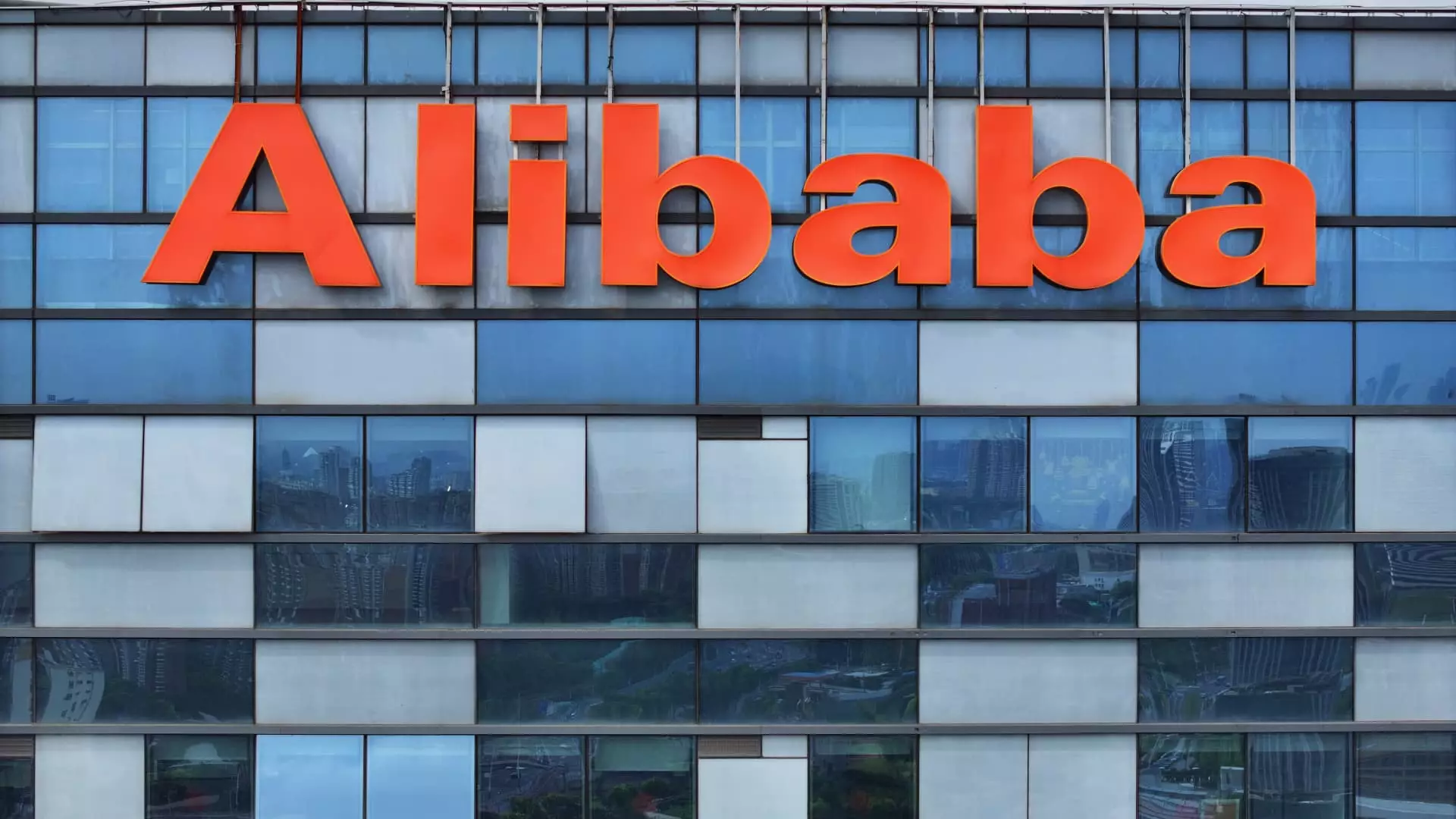The recent launch of Alibaba Cloud’s newest large language model, the “Qwen2.5-Omni-7B,” signifies not merely another milestone in AI development but a potential paradigm shift in China’s rapidly evolving tech landscape. Following the revolutionary advancements sparked by the DeepSeek phenomenon, this move has intensified the competitive spirit amongst major players in artificial intelligence. This isn’t just about technological superiority; it is a battle for market share, innovation potential, and public trust.
The model’s multimodal capabilities make it particularly compelling. By integrating functionalities that allow it to process text, images, audio, and video simultaneously, the repercussions could be revolutionary. When you think about practical applications—like aiding visually impaired individuals to navigate with audio descriptions—this technology moves beyond mere theory and enters the realm of meaningful societal impact. This focus on real-world application indicates an understanding that companies like Alibaba must not only innovate but also ensure their products address genuine needs.
Open-Source Revolution: A Double-Edged Sword
The decision to make the Qwen2.5-Omni-7B open-source on platforms such as Hugging Face and GitHub aligns with a significant trend within China’s tech sphere. Open-sourcing facilitates collaboration and accelerates innovation, but it also raises concerns about data privacy and security. As a center-right liberal, one must question whether this unchecked expansion, while democratizing technology, might also expose sensitive information or intellectual property to risks. Is the rush towards open-source driven by altruism, or merely a strategic maneuver to capture the prevailing market enthusiasm? This is a question that stakeholders should ponder before fully embracing such a model.
Strategic Positioning Against Global Competitors
Alibaba’s aggressive plan to invest $53 billion over three years into cloud and AI infrastructure embodies an ambitious strategy shaping its competitive edge. The sheer scale of this investment signifies that Alibaba is not merely reacting to global trends but is instead asserting its position as a leader in the sector. When juxtaposed against competitors like Baidu, which recently unveiled its multimodal foundational model, the stakes have never been higher for Alibaba.
What’s particularly impressive is that while Western tech giants face significant regulatory hurdles, Chinese firms have more room to maneuver, enabling faster iterations and adaptations. In an environment where adaptability can dictate success, Alibaba’s ability to forge partnerships—like its collaboration with Apple to integrate AI into iPhones—highlights its strategic foresight.
The Future: Elevated Expectations and Ethical Dilemmas
However, with great power comes great responsibility. The level of ethical consideration in the deployment of such advanced technologies must not be overlooked. While there are undeniable benefits, like facilitating everyday tasks for those with disabilities, the broader societal implications and potential misuse cannot be dismissed. There’s an urgent need for a framework that ensures ethical usage while fostering innovation—a delicate balance that the tech community must strive to achieve.
As China’s AI aspirations continue to soar, the launch of the Qwen2.5-Omni-7B is not just another step forward; it sets the stage for what could define an entire generation of technological interaction. The ambitions laid out by Alibaba are stirring, but they compel us to consider whether we are moving towards a future that benefits society as a whole or one marred by unforeseen consequences. The dialogue surrounding this transformative shift must ensure that technological advancement aligns with ethical standards and societal needs.

